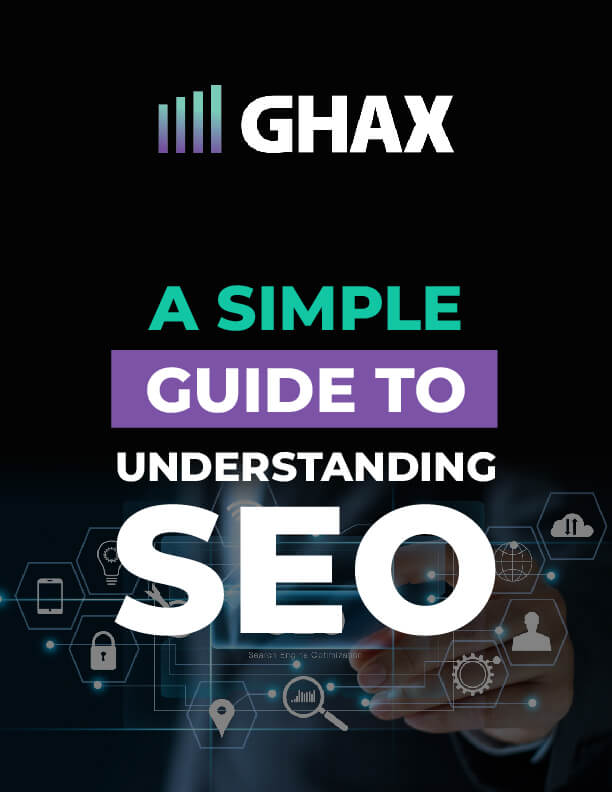A functioning website, check. Content with relevant keywords, check. Images, videos, and links, check. Everything else, check. So why on earth are your SEO efforts not bearing any results?
SEO is no game of luck; if your strategy isn’t working for you, there is probably something you’re not doing right.
It is not clear how exactly Google indexes and ranks websites. However, after analyzing and testing various sites, we found some general insight into why some websites have a low ranking or fail to appear in search results.
It does not matter how much time or money you spend on SEO. If your strategy doesn’t tick various boxes, your SEO efforts will not yield any results.
Read on for 7 reasons why your SEO strategy isn’t working – and what you can do about it.
Your Strategy is Outdated
In its early stages, SEO was easy, and most people could crack it with the right hacks and tricks. Those who began their online marketing strategy earlier saw a massive return on investment, achieving lots of results from little effort.
That is not the case anymore.
Over the years, as more businesses learned about the massive gains of an online presence, the competition became stiffer. With millions of websites now fighting for the same topics and keywords, it became trickier to get onto the highly converted first page.
Google also makes consistent updates to its algorithms to deliver better results. Therefore, SEO is an ever-changing field where strategies that may have yielded gold last year may not be relevant this year. To be safe, you should stay keen on the most recent trends, adapting your SEO strategy as needed.
You’re Targeting The Wrong Audience
An important aspect of any marketing strategy is understanding your target customers. In SEO, this will determine the choice of topics, keywords and even writing style in your website.
The trick is to understand the customers in your niche and target them.
Take the example of a shoe cleaning business. If the articles on the website cover general shoe topics, you may end up getting millions of hits from customers looking to buy or repair their shoes. Instead, if you include topics only related to cleaning shoes, you will sift through the millions of possible hits and get only a few who may end up using your services.
Therefore, ensure you understand how your customers search and find a way to capture their attention.
Google Can’t Find Your Content
While this is a rare occurrence, we still see it happening. For Google to include your website in search results, it first has to crawl your links and go through your content. If, for some reason, it is unable to do so, none of your SEO efforts will matter. Your website will remain invisible to the world.
The first reason your content may not be visible to Google is a faulty website design. Your website architecture could be limiting its crawlability, preventing Google’s bots from accessing some pages. To prevent this, ensure you have allowed Google to crawl your homepage. From there, ensure there is a clear path of links from the homepage to your other pages through which Google can access them.
Your website could also be blocking Google from accessing some pages. This usually happens when you forget to remove the “disallow” command from the robots.txt file when shifting from staging to a production server. It could also occur when you fail to remove the “noindex” tags from the header.
There is Duplicate Content in Your Website
Duplicate content happens when you have two or more pages on your website with the exact or almost exact content. While it is understandable that creating new content is a challenging task, copy-pasting your pages is not the way to go.
The main problem is that when Google encounters two similar articles when crawling your site, it won’t know which page to rank. In the end, it might skip both of them when it fails to make a decision.
Duplicate content is a common mistake with service-area businesses. A car company serving various cities may decide to make one article for all the pages, swapping out the name of the towns. While you are unlikely to be penalized for this, Google might simply ignore all of these pages.
A more serious problem is plagiarism, where you duplicate a page from someone else’s website. If found out, this could result in a Digital Millennium Copyright Act (DMCA) request, which could lead to your website being removed from both your server and Google. At worst, you could face a lawsuit that could end in hefty fines or even jail time.
Your Website Offers Poor User Experience
An important factor that Google uses to rank websites is the level of user experience provided. You can measure this by looking at how long users stay on your site before living. If most visitors leave your site two seconds after clicking on it, Google will assume they encountered a bad experience, pushing you lower in their ranking.
One aspect of user experience is the user interface design. This entails the colors, fonts, links, and the general feel of your site. If you click on a website with fonts so bright they draw tears from your eyes, you will definitely exit as soon as possible.
Your loading speed also plays an important role in determining your ranking. According to research, 47% of your visitors will expect the site to load in less than two seconds. After this, most people will be annoyed and leave even if you have what they were looking for.
You Lack Quality Backlinks
Backlinks are links that direct people to your website from other sites. Not only are these a great source of traffic, but they also indicate to Google that you are trustworthy.
However, not all backlinks are created equal. They are like votes of confidence from other sites, where links from low-quality or unrelated pages will have little impact on your SEO. You should, therefore, try to get authority sites in your field to vouch for you by backlinking you.
Worse than having no backlinks to your site is linking to low-quality or bad websites. If you are linked to a lot of spammy websites, they may affect your reputation and make you rank lower in Google. Fortunately, Google now allows you to remove or disavow bad backlinks in the Google Search Console.
Your Website Contains Keyword-Stuffed Content
Keyword stuffing is a hack that may have worked earlier on while Google’s algorithm and ranking metrics were still in their infancy. It involves cramming keywords in your content without caring about readability or relevance to the user.
Keyword-stuffed content will sound odd to your readers, giving them a poor impression of your business. Google’s bots will also devalue such content and push them lower in the ranking.
To be safe, you should focus on creating content for your users and not the search engine. Most importantly, your content should provide value to the visitors in a simple, clear, and easy-to-understand manner. While keywords are important, they should not be the only thing one encounters when they surf your site.
In a nutshell, SEO is an ever-changing field that is often very challenging for new businesses to maneuver. There is no one-fits-all solution to it, and all you can do is try out various strategies, avoiding mistakes like the ones discussed above.
Ensure you keep your ears on the ground for the latest SEO trends, and review your strategy regularly to keep it updated. With time, results will be inevitable.




